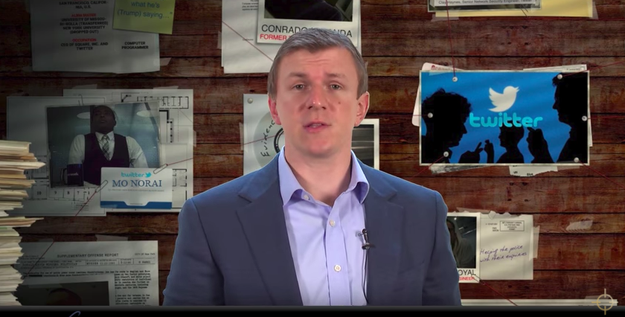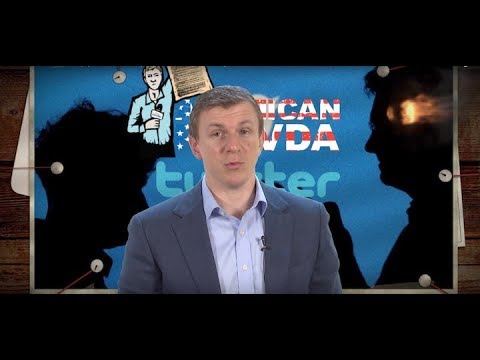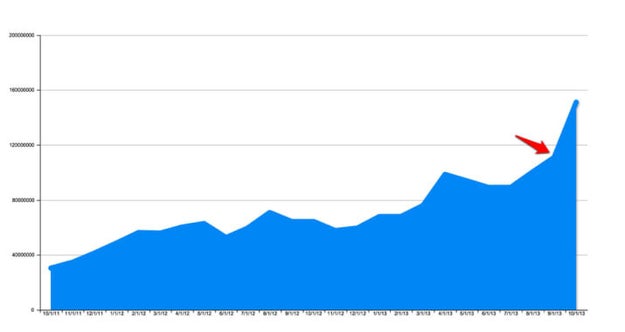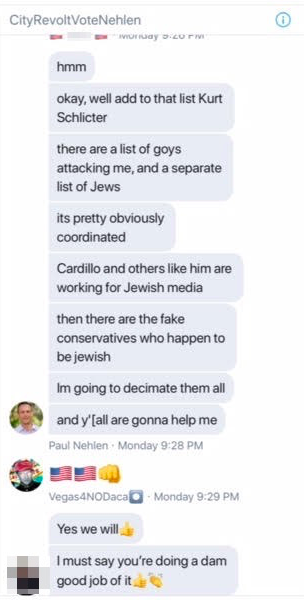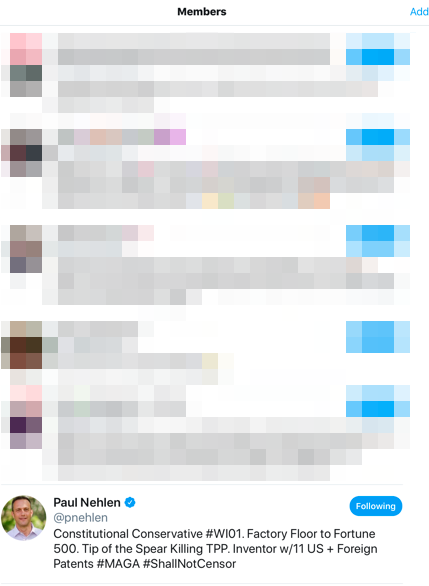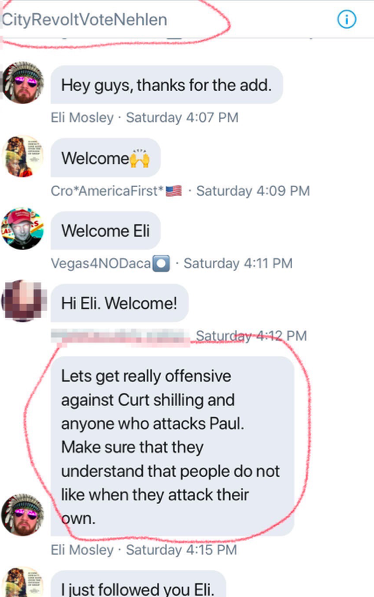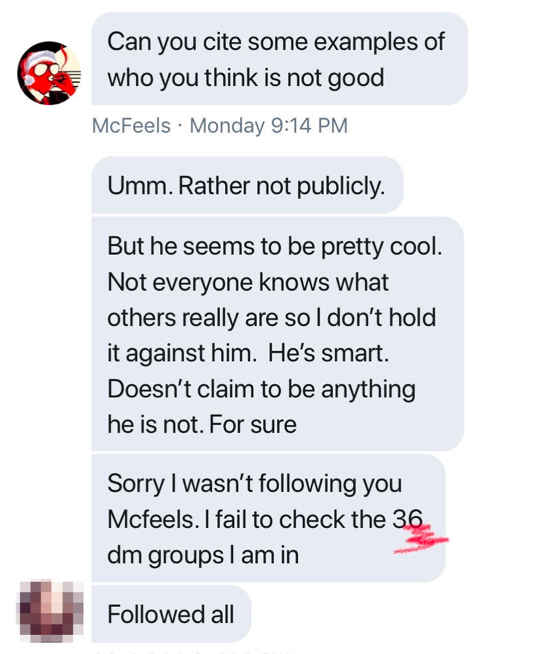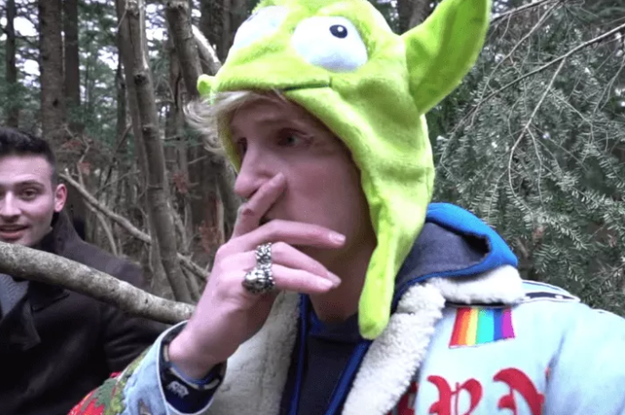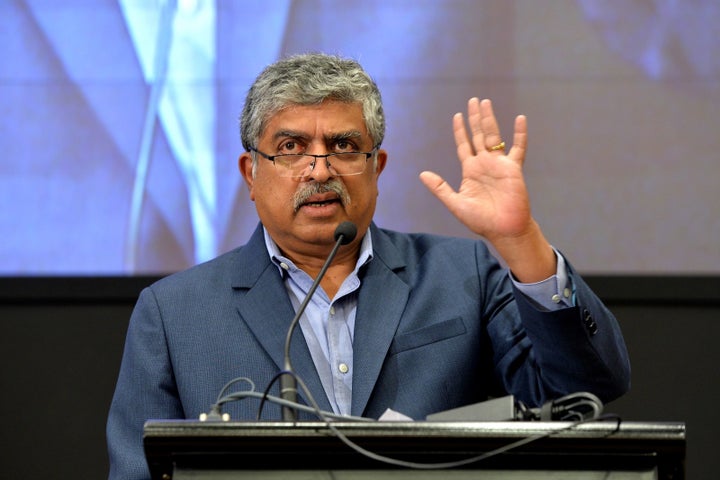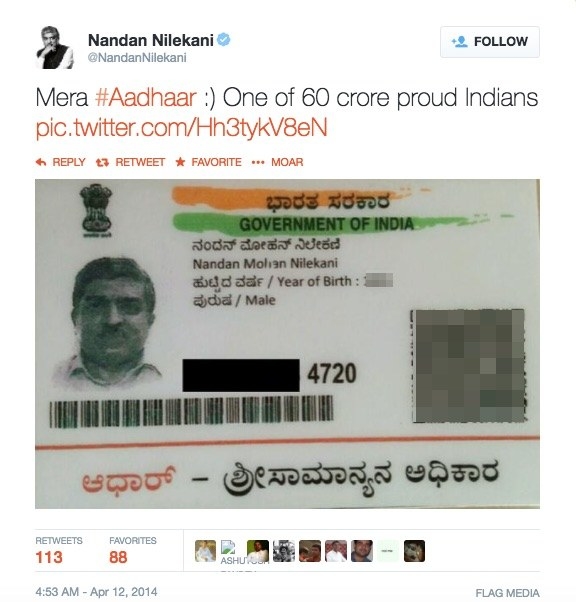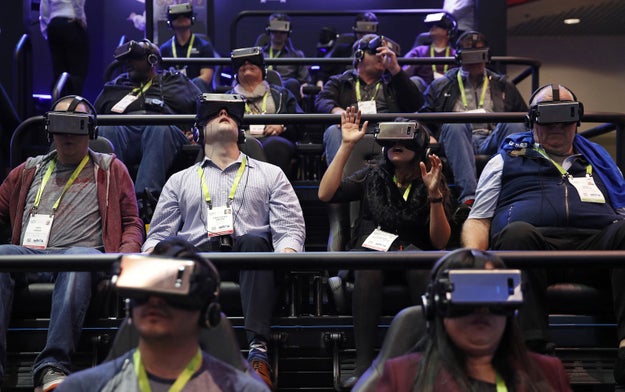It’s called “tweetdecking.”

BuzzFeed News
Teens and twentysomethings with large Twitter followings are making thousands each month by selling retweets, multiple users who engage in the practice told BuzzFeed News.
The practice is known as “tweetdecking,” so named because those involved form secret Tweetdeck groups, which they call “decks.” Scoring an invite to join a deck usually requires a follower count in the tens of thousands.
Within these decks, a highly organized system of mass-retweeting exists in order to launch deck members' tweets — and paying customers' tweets — into meticulously manufactured virality.
Customers, which can include both individuals and brands, pay deck owners to retweet one or more of their tweets a specified number of times across deck member accounts. Some decks even allow customers temporary access to the deck, almost like a short-term subscription to unlimited deck retweets. Single retweets tend to cost around $5 or $10. Week- or monthlong subscriptions can cost several hundreds of dollars, depending on the deck's popularity.
People who run their own decks frequently make several thousands of dollars each month, multiple deck owners said.
“It’s the simplest thing ever, all you do is have your friends join and you have fun and tweet and make money,” Kendrik, aka @Simpnmild, an 18-year-old from Chicago who runs two of his own decks, said. “It’s the easiest thing ever. No hard work at all.”
As the owner of two decks with about 15 people in each, Kendrik works with all sorts of people and brands who want their tweets seen by the deck’s massive collection of followers. These customers pay a few hundred dollars to gain temporary access to the Tweetdeck so they can retweet themselves across several of the powerful deck accounts, pretty much ensuring it goes viral.
Kendrik said he makes between $3,000 and $5,000 a month doing this, and he pays members of his deck “based on who has the most page activity for the month” via PayPal.
And a 19-year-old named Lewie, aka @lxwie, who said he both runs a deck and is a member of another deck, said he makes between $2,000 and $3,000 each month.
“And here we are going viral daily,” said Lewie.
Deck members make less — but not insignificant — amounts of money. Several members of decks said they earn hundreds of dollars each month just for retweeting tweets onto their account.
Tweetdecking violates Twitter's spam policy, which does not allow users to “sell, purchase, or attempt to artificially inflate account interactions,” and many deckers get suspended as a result. Still, they often return with new accounts and get right back in the game.
So, who are these people forking over all this cash for a couple thousand retweets? They range from “small apps, a lot of grown people who want to make a presence on social media, and some teens who just want to go viral,” said Kendrik.
And go viral they do. If you've spent some much time on Twitter in the past year, you've probably seen a number of tweets that bizarrely have retweets into the tens or even hundreds of thousands. Many of these massively viral tweets come from decks — and most are plagiarized.

A tweet first posted in August 2017 that was “decked” by Kendrik the following December
Twitter: @NicholasPeters_ / Twitter: @SimpnMild
Plagiarized tweets have been a part of Twitter pretty much since people started making jokes on the site, particularly through popular “parody accounts” like @Dory and @GirlPosts, many of which are now run as full-fledged ad sales businesses.
But the rise of decks has changed the game, allowing pretty much anyone to break into the biz of stealing tweets for cash. Deck owners, members, and customers are all getting into it in order to increase their own following, and in turn, strengthen the deck's success and profitability.
Naturally, not everyone's so happy to see tweets getting stolen. Members of the self-proclaimed group “Trash Twitter,” a small collective of late-teens and early-twenties guys with popular accounts, have had their joke tweets stolen several times. Unlike the tweetdeckers, they haven't seen a dime from it, they said.
“Honestly, it sucks how they can just take full credit for our tweets, and get paid,” said Danyal, aka @TrashQuavo, an 18-year-old from the UK in the group. “Sometimes we would plan a tweet for days just for it to get stolen.”
“I tweet to have fun and give people a laugh,” one of the members, who goes by @TrashYeWest, said. “They just care about followers.”
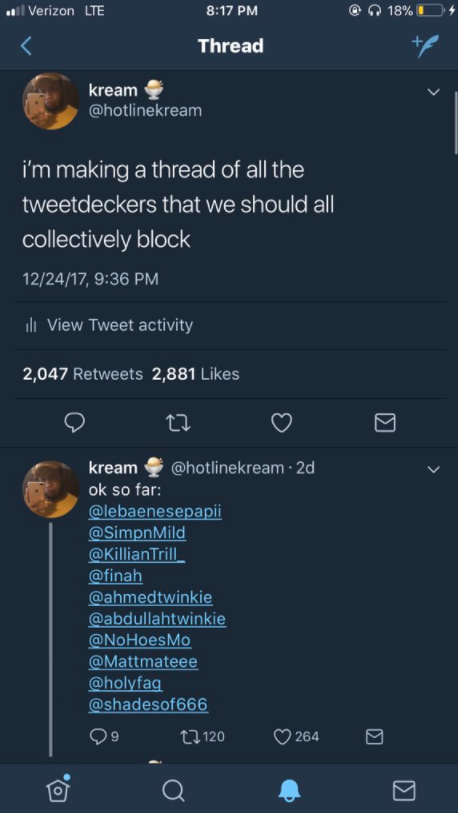
@hotlinekream / Via Twitter: @hotlinekream
In December, 22-year-old Kareem Rose from Virginia, aka @hotlinekream, went viral when he tweeted a thread in which he called out dozens of deck accounts and urged people to block them.
“I was basically tired of seeing the same tweet go viral once a week by a different account,” Rose told BuzzFeed News. “Our timelines were basically getting overflowed with tweets we’ve seen before and it honestly made Twitter less enjoyable. Not only that, but we were tired of having our tweets stolen from the deck accounts and them getting the credit for it.”
As his thread gained traction (and, after he tweeted that he was doing an interview about it with BuzzFeed News), Rose said several of the tweetdeckers and their fellow deck members began harassing him.
They also began mass-reporting his account, a revenge tactic that trolls frequently use to try and get people's accounts locked or suspended. (A spokesperson for Twitter said that Twitter “does not automatically suspend accounts based on a large number of reports.”)
“I was told by multiple accounts that I was being mass-reported by nearly every tweetdecker,” said Rose. “I was also threatened to have my private information (address, social security, etc.) leaked, my Twitter account hacked, my family’s information leaked, and I was also threatened to have my name be put on pedophile forums.” (Fortunately, those threats were not acted upon, Rose said.)
Rose wound up deleting his thread due to the harassment — but his message persisted, because he and a bunch of his friends started the hashtags #TweetDeckIsOverParty, #TweetDeckWars2017, and #TakeBackOurTimelines2018.
And Rose isn't the only person who says he faced harassment when he spoke out against the tweetdeckers. Several “Trash Twitter” members said they've experienced it, too.
“If they don’t like you it’s an instant mass-report really,” Danyal said.
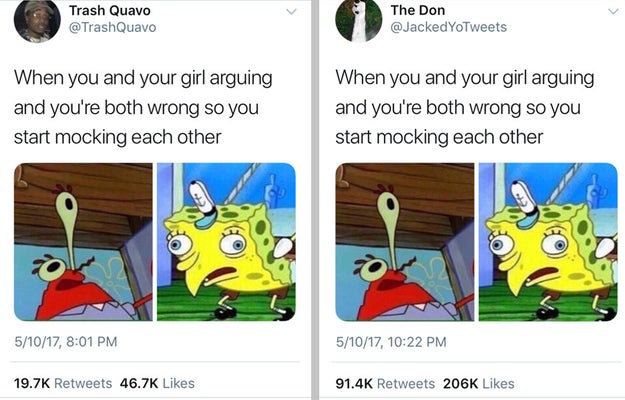
A tweet first posted by Danyal in May that was decked — by an account literally named @JackedYoTweets — just two hours later. The decked version got more than four times as many retweets.
Twitter
A few tweetdeckers acknowledged that they steal tweets, and even agreed it's a problem. Most excused it by saying everyone does it, so what's the big deal?
“A lot of the content that deckers tweet are stolen like 90% of the time,” said one 20-year-old deck member, who goes by @broebong. “It's almost a plague now and I understand why people complain, because it really does get annoying to see the same tweets recycled over and over and never get new content or some type of originality.”
And of course, in the end, money is money.
“I'm just doing it because it's easy money and it makes people happy in the end,” said @broebong. “People will pay to have their stuff promoted to my audience and it's just extra money that I can put to savings.”
In spite of criticisms, many tweetdeckers remain staunchly defensive of the practice.
“Anyone that tries to explain what tweetdecking is always gets it wrong… When people say it's 'fake fame/clout' it's also false,” said Kendrik.
“Anything negative towards decks is always false.”
Quelle: <a href="Exclusive Networks Of Teens Are Making Thousands Of Dollars By Selling Retweets“>BuzzFeed
